Unlike mechanical issues that can arise out of nowhere, your brake pads will usually signal when their time is up.
But ignoring the screeching noises when you hit the brakes can affect not only safety — but also your pocketbook.
Car model: 2010 Audi A5
Symptom: Brake Pad Indicator Light Comes On
What I Did to Do:
Putting the electronic rear parking brake into service mode using an Xtool VAG401. Total time from start to finish was about 1 hour which includes jacking the car up and removing the rear wheels.
Procedures:
Connect a battery charger to the car. Turn the ignition on but don't start the car. Plug the Xtool into the OBDII slot and select Diagnose.
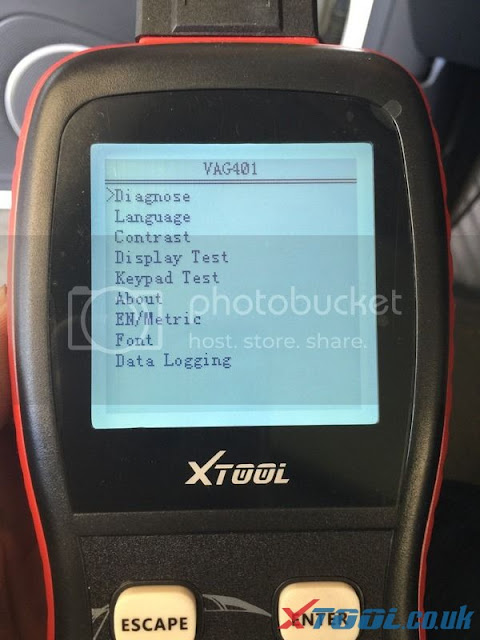
Select Special Function
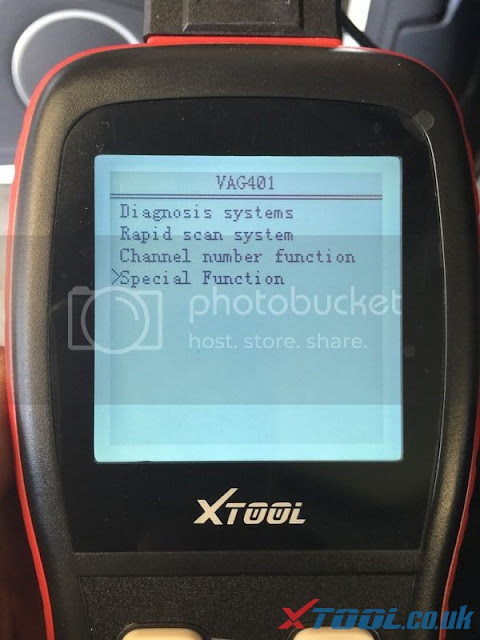
Scroll down until you see Brake Pad Replacement. Select Brake Pad Replacement.
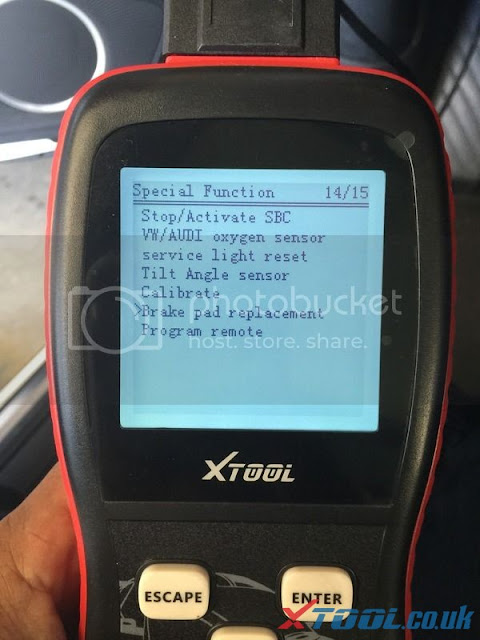
I have a 2010 Audi A5 so I selected Other Models.
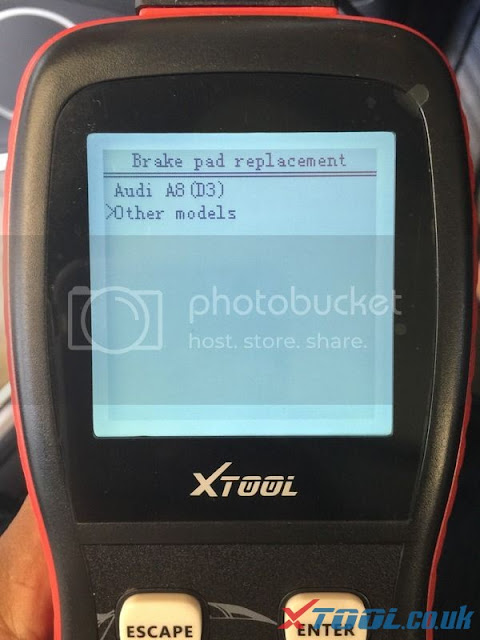
Select Replacement of Brake Pads
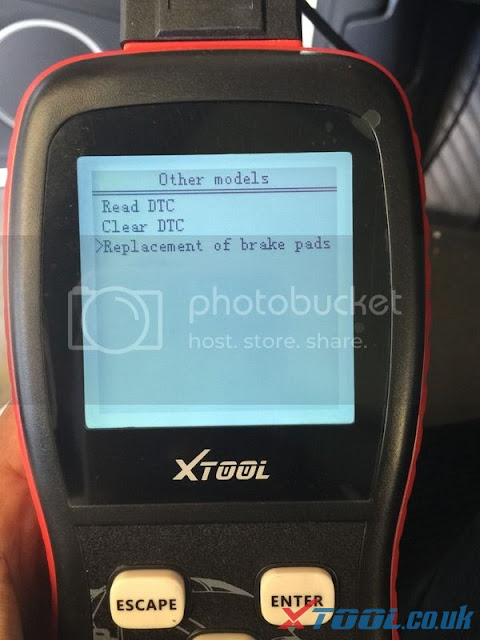
At this point you want to press the parking brake button down to release the rear brakes. Then press enter.
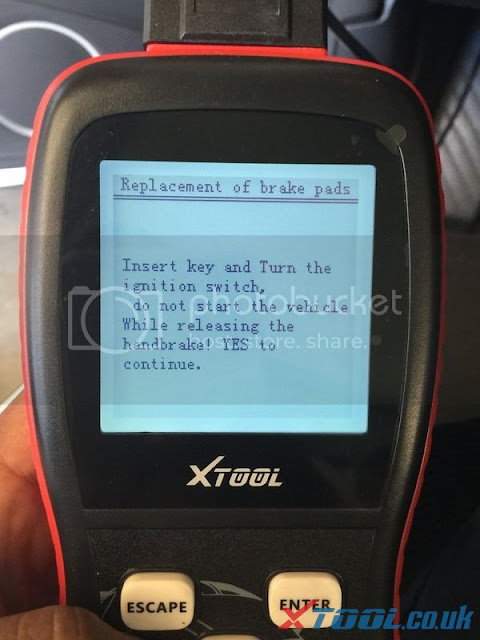
You will start to hear the electronic parking brake motor start to back out.
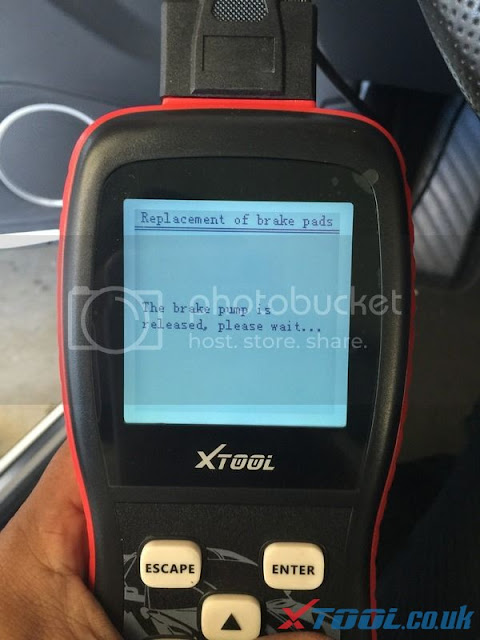
The light on the parking brake button will slowly flash, and the "brake" light on the cluster will slowly flash as well. Now you're ready to replace your brake pads!
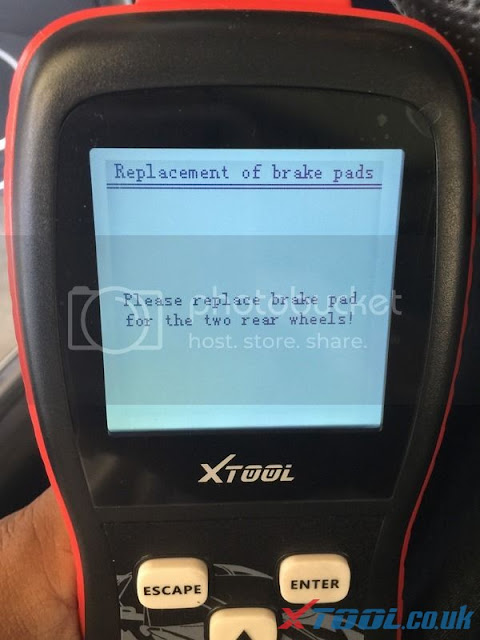
I wedged a flathead screw driver in between the brake piston and the old brake pad and leveraged the piston back into the caliper.

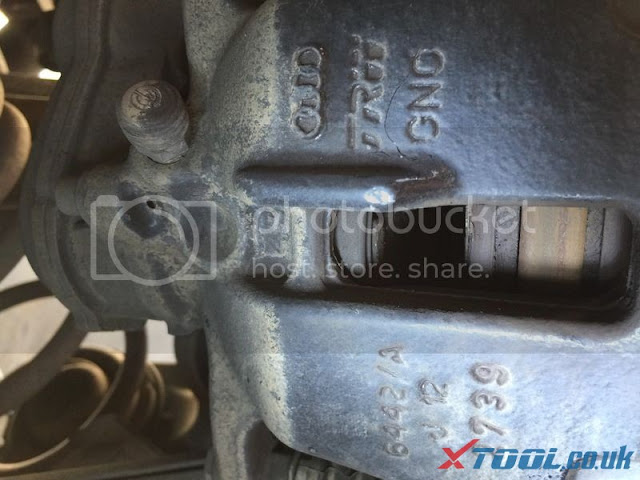
I used a 13mm socket for the back bolt, and a 15mm box wrench to hold the nut down.
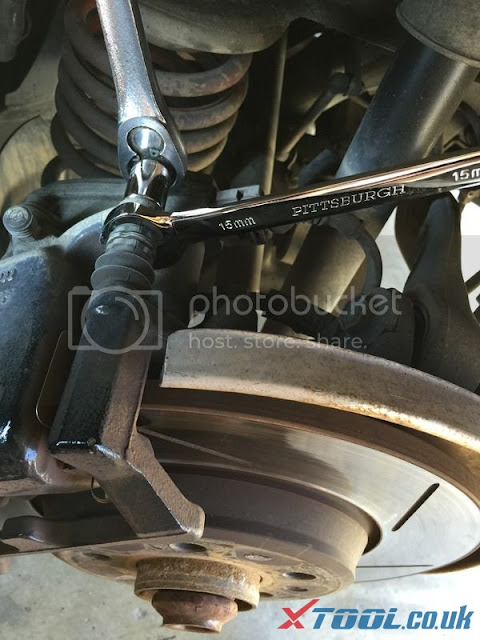
Replace the old brake pads with the new ones.
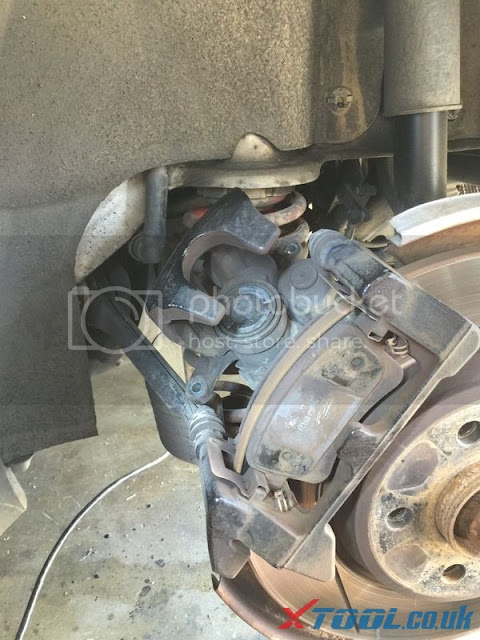
Reverse the steps that you took to remove the pads and reinstall the caliper. Check everything and put the wheels back on.
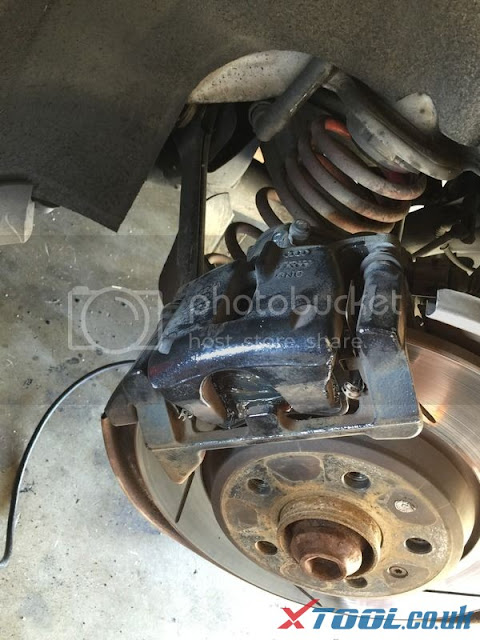
Now go back to the Xtool. The screen is still displaying the old message of replace the rear the pads for the two rear wheels. Just hit enter on the Xtool. The electronic brake is moving back into position.
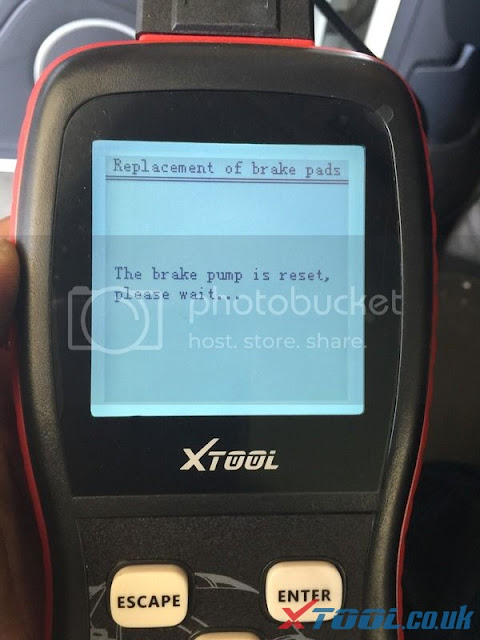
When the electronic brake stops, the Xtool will say "Replace brake pad success". The brakes are still not applied. The motorized piston just pushes back out until it reaches the new pads.
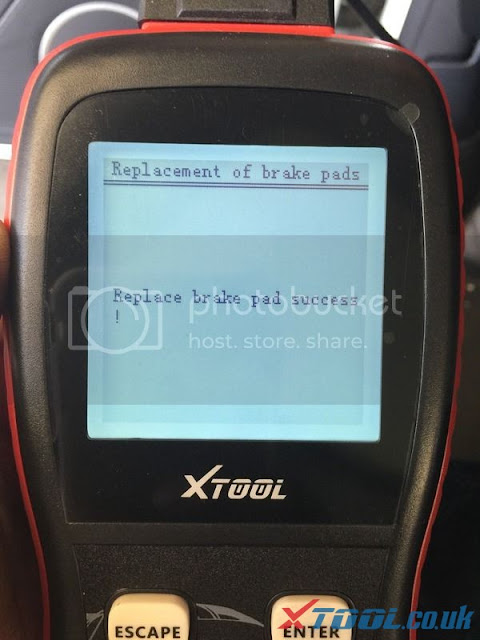
I turned the ignition off, then back on/started the car. I exited all menus on the Xtool, then I lifted the parking brake button to activate the electronic rear parking brake. Success!
BTW, Here you are 6 Signs It’s Time To Replace Your Brake Pads
1. Squeaking or Squealing Coming From Brakes
If your brake pads are near the end of their useful life, the first symptom you’ll begin to notice is a squeaking or squealing noise coming from the brakes. Squealing brake pads are typically caused by excessively worn down pads. Once you’ve worn down your pads enough you’ll start to experience a grinding noise, at which time you’ll also begin to damage your rotors, making the cost of repair even more expensive.
2. Grinding Sound When Braking
Like we stated above, if you’re experiencing a grinding noise while you’re applying pressure to the brake pedal, your brake pads need to be replaced ASAP. Some brake pads have built in metal wear indicators, which are designed to make a loud noise and alert you that it’s time to replace the pads. If you leave the brake pads to continue grinding, you’re opening yourself up to a lot more damage and higher repair costs.
3. Vibration When Braking
Vibration, when you apply the brakes, is another sign that your vehicle’s braking system is in need of professional help. Chances are that your rotors are warped and created uneven brake pad wear at the same time.
4. Taking Longer To Stop
Another major sign that your brakes need to be checked out is loss of performance when applying the brakes. If you’re experiencing less than ideal stoppage times while applying your brakes, it may mean your brake pads are worn down completely or that your brake fluid is low (oftentimes due to a leak). For a true understanding of what’s going on with your brakes, you’ll want to get to a brake mechanic as soon as possible to ensure you don’t lose all braking abilities.
5. Brake Pad Indicator Light Comes On
Most modern vehicles come with brake warning lights that appear on your dash. One is your Antilock Braking System (ABS) light and the other is your brake system warning light. Your brake light won’t always come on when there is an issue — it’s also the light that appears on your dash when your parking brake is engaged. But if you’re seeing a brake warning light and your parking brake isn’t engaged, it’s time to have a brake expert take a look at your system to diagnose your issues.
6. Your Brake Pads Appear To Be Thin
One way to easily check on your brake pads is to visually inspect them for wear. To do this, look between the spokes of your wheels and locate your brake pad. If it appears to be less than a ¼ inch thick, you’re probably due for a set of new brake pads.
http://blog.xtool.co.uk/xtool-v401-epb-reset-on-2010-audi-a5/


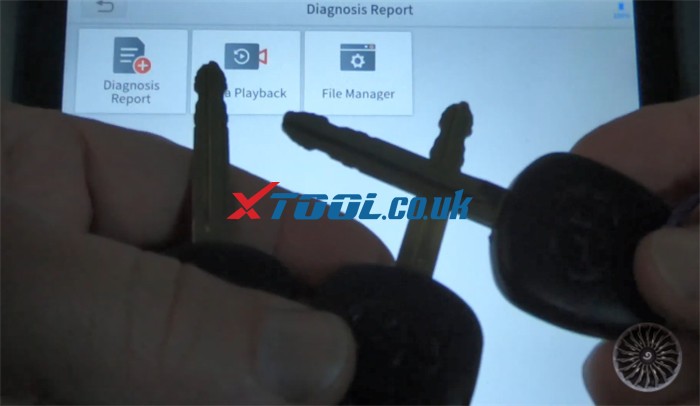

没有评论:
发表评论